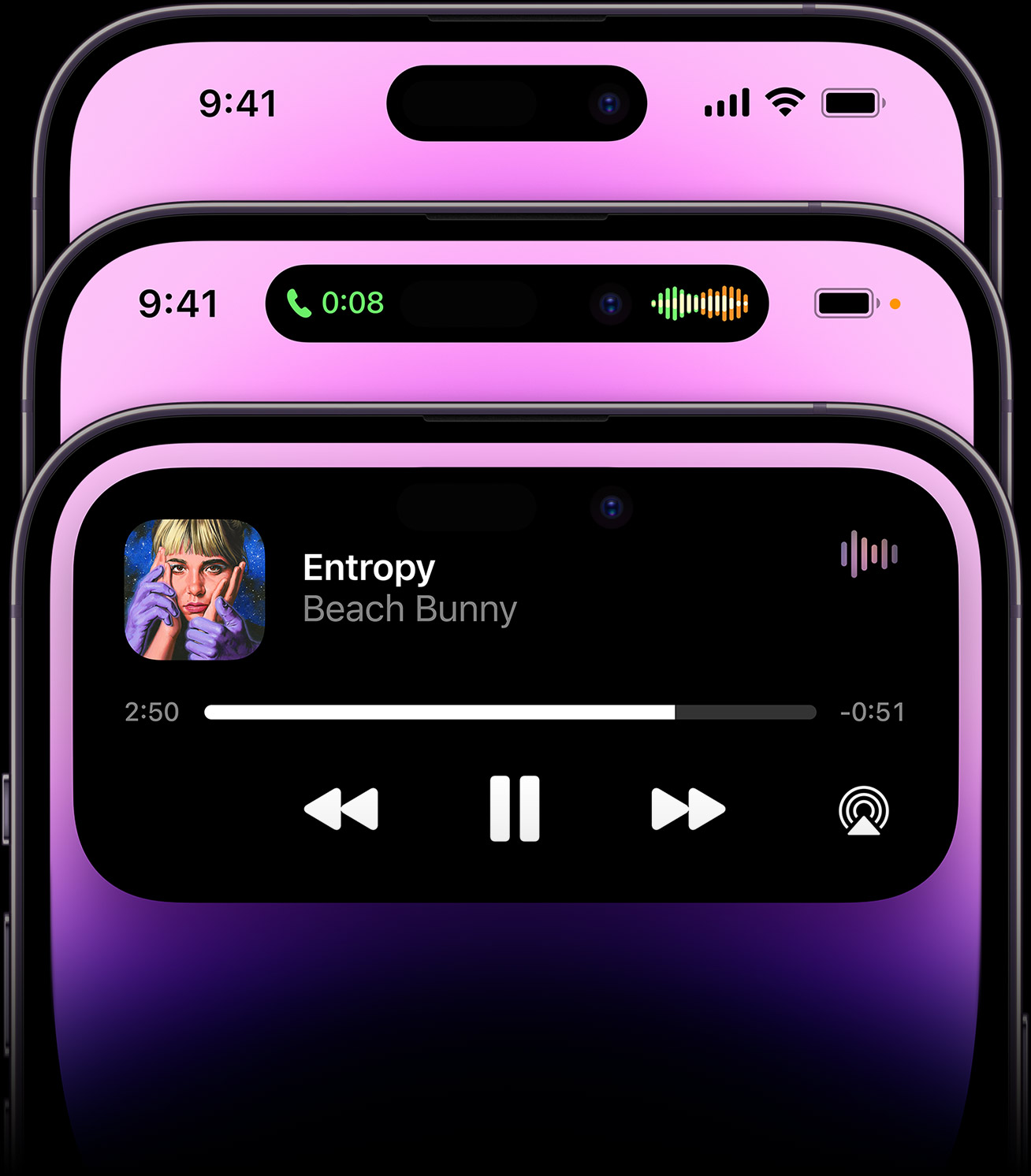The Art of Depth: Exploring the iPhone 14’s Dynamic Wallpaper Feature
Related Articles: The Art of Depth: Exploring the iPhone 14’s Dynamic Wallpaper Feature
Introduction
In this auspicious occasion, we are delighted to delve into the intriguing topic related to The Art of Depth: Exploring the iPhone 14’s Dynamic Wallpaper Feature. Let’s weave interesting information and offer fresh perspectives to the readers.
Table of Content
The Art of Depth: Exploring the iPhone 14’s Dynamic Wallpaper Feature

The iPhone 14, a testament to Apple’s commitment to technological innovation, introduced a captivating visual element: dynamic wallpapers with a depth effect. This feature, while seemingly subtle, significantly enhances the user experience, transforming the phone’s display into a dynamic and engaging canvas. This article delves into the intricacies of this feature, exploring its technical aspects, aesthetic appeal, and the benefits it offers to users.
Understanding the Depth Effect
The depth effect, also known as parallax scrolling, creates an illusion of depth by subtly shifting the background image as the user scrolls through their home screen. This movement is achieved by leveraging the iPhone 14’s powerful A16 Bionic chip, which processes the background image in real-time, rendering it with a multi-layered effect. The result is a visually captivating experience that adds a layer of dynamism and depth to the user interface.
The Technical Foundation
The depth effect is not merely a visual gimmick. It is underpinned by a sophisticated technical process that involves several key components:
- Image Segmentation: The iPhone 14’s software analyzes the selected wallpaper image, identifying different elements and their relative positions in the scene. This segmentation process allows the system to determine which parts of the image should move and how.
- Depth Mapping: Once the image is segmented, the software assigns depth values to each element. This depth map determines the relative distance of each element from the viewer, influencing the amount of movement and the parallax effect.
- Motion Interpolation: The A16 Bionic chip then calculates the movement of each element based on the depth map and the user’s scrolling action. This real-time interpolation ensures smooth and seamless movement, creating a realistic depth effect.
Aesthetic Appeal and User Experience
The depth effect transcends technical intricacies, offering a visually engaging and aesthetically pleasing experience. The subtle movement of the background image adds a sense of life and dynamism to the phone’s display, making it more captivating and interactive. This enhanced visual engagement can contribute to a more positive and enjoyable user experience.
Benefits of the Depth Effect
Beyond its aesthetic appeal, the depth effect offers several practical benefits:
- Enhanced User Engagement: The subtle movement of the wallpaper can draw the user’s attention to the screen, increasing engagement and making the phone feel more alive.
- Improved User Interface: The depth effect can subtly enhance the perception of depth in the user interface, creating a more intuitive and immersive experience.
- Personalized Experience: Users can choose from a variety of dynamic wallpapers, each with its unique depth effect, allowing for personalized customization and aesthetic expression.
FAQs Regarding iPhone 14 Depth Effect Wallpaper
Q1: What types of wallpapers support the depth effect?
A: The depth effect is primarily supported by wallpapers specifically designed for this feature. These wallpapers are often available through Apple’s official channels and are identified by the "Dynamic" label.
Q2: Can I use any image as a depth effect wallpaper?
A: While the iPhone 14’s software can analyze any image, it is not guaranteed to produce a satisfactory depth effect. The effectiveness of the depth effect depends on the image’s composition and the presence of clear depth cues.
Q3: How can I enable or disable the depth effect?
A: The depth effect can be enabled or disabled in the iPhone’s settings. Go to "Settings" -> "Wallpaper" -> "Choose New Wallpaper" and select a dynamic wallpaper. The depth effect will be automatically enabled. To disable it, simply choose a static wallpaper.
Q4: Does the depth effect affect battery life?
A: The depth effect is designed to be resource-efficient and should not significantly impact battery life. The A16 Bionic chip’s efficient processing capabilities minimize the power consumption associated with this feature.
Tips for Using iPhone 14 Depth Effect Wallpaper
- Explore Dynamic Wallpapers: Apple offers a diverse selection of dynamic wallpapers, each with its unique visual style and depth effect. Experiment with different options to find the one that best suits your preferences.
- Consider Image Composition: When choosing a dynamic wallpaper, consider the image’s composition and the presence of clear depth cues. Images with a well-defined foreground, middle ground, and background are more likely to produce a compelling depth effect.
- Adjust Settings: Explore the various settings related to the depth effect, such as the intensity of the parallax scrolling and the speed of the animation. Fine-tuning these settings can enhance the visual experience to your liking.
Conclusion
The iPhone 14’s dynamic wallpapers with a depth effect are more than just a cosmetic feature. They represent a significant advancement in user interface design, offering a visually engaging and immersive experience. By leveraging the power of the A16 Bionic chip and sophisticated image processing algorithms, this feature transforms the iPhone’s display into a dynamic and captivating canvas, enhancing user engagement and creating a more personalized and enjoyable experience. As technology continues to evolve, we can expect even more innovative and immersive visual features to emerge, further blurring the lines between the real and the digital.








Closure
Thus, we hope this article has provided valuable insights into The Art of Depth: Exploring the iPhone 14’s Dynamic Wallpaper Feature. We thank you for taking the time to read this article. See you in our next article!
